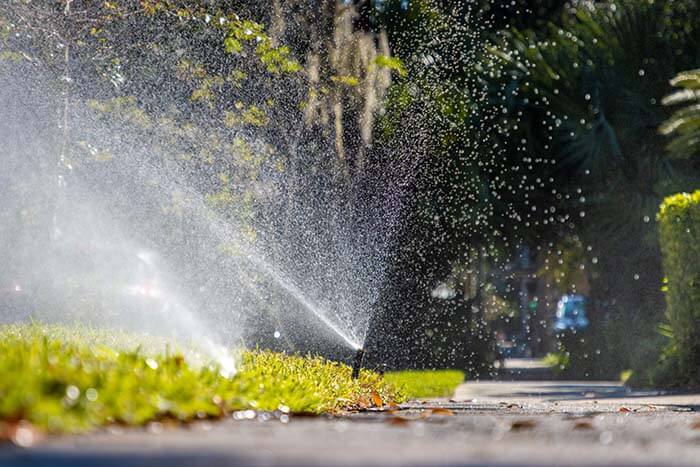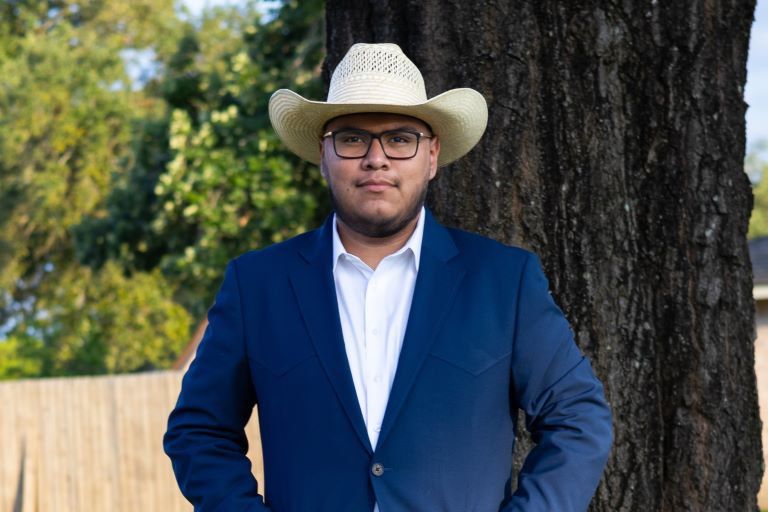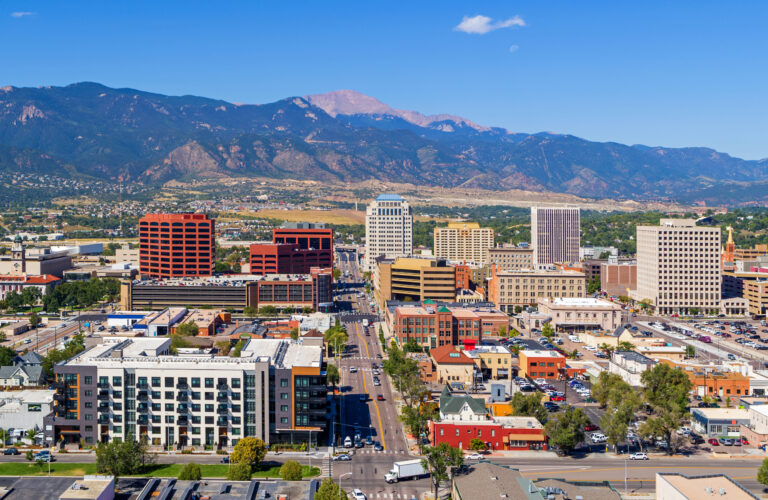Gone are the days where drought was only associated with dry, western states like California and Texas. This year, on top of record-breaking drought levels in the West, drought complications have come to areas like the New England region and along the East Coast. States, cities and communities across the country have implemented a variety of outdoor water restrictions to curb depleted water resources on a homeowner level, such as limiting or banning nonessential outdoor water use or keeping water usage at each home under a specific target.
Rachio, Denver, sought to discover and educate others on how American homeowners are handling and understanding stricter or brand-new water restrictions due to drought. Throughout the first week of August, Rachio virtually surveyed 1,076 homeowners across the United States on several water restrictions and drought-related topics.
“With how these water restrictions and droughts are expanding, it’s really important to understand how consumers are approaching their outdoor water usage and how drought conditions and intense weather are impacting their habits,” says Aaron Pollack, chief marketing officer at Rachio. “At Rachio, we are committed to providing solutions to consumers that help them conserve water in a better way.”
The survey revealed that one-third of U.S. homeowners are currently living with water restrictions. However, nearly 20% of homeowners surveyed were unaware that there are water restrictions in several U.S. states due to drought conditions. And of those living with restrictions, 70% comply, 12% have run extra irrigation cycles, 9% struggle to comply and 4% will not comply.
To Pollack, the biggest takeaway was that 53% of responders do not plan to make any changes to their outdoor water usage to help address drought.
“If you’re not in an area with drought or watering restrictions, then most people just don’t choose to (change their outdoor water usage),” Pollack says. “But for those in areas with restrictions, there were various reasons from, ‘I just don’t want to,’ to, ‘I don’t have the time.’”
On a regional level, homeowners in the Pacific states of Alaska, California, Hawaii, Oregon and Washington are most likely to take efforts to conserve water in general because they’re most impacted by climate change. This compares to the New England region, where only 9% of homeowners are likely to take efforts to conserve water in general, despite the area experiencing abnormally dry to moderate and severe drought conditions this summer, as well as extreme drought in Massachusetts and Rhode Island.
“(Homeowners in New England are) probably just not used to it,” Pollack says. “We’ve been hearing about drought for forever in California, but it isn’t just limited to the West anymore. It’s really difficult to educate everybody, and they’re so early on; it’s going to be a bit of a learning curve for them.”
Rachio’s survey also revealed that homeowners in areas with water restrictions are nearly 2.5 times as likely to have installed a smart irrigation controller and 3.5 times as likely to plan to install one.
Pollack notes that the survey gives irrigation professionals a chance to make a difference in how homeowners use water outdoors. Beyond the message of curbing drought effects, a key learning point can be emphasizing that using less water saves the homeowner money, no matter where they live.
“For a professional who’s at their homes and in their yards, there’s an education opportunity to spread the news to the U.S. homeowners who aren’t currently concerned about their water usage and teach them about smart irrigation and other water saving activities,” Pollack says. “As the U.S. continues to deal with challenges of drought and water shortages, it’s going to be a consistent message, unfortunately, for quite a while to come.”
The full survey can be accessed here.
McKenna Corson is the digital content editor for Irrigation & Lighting and can be reached here.





